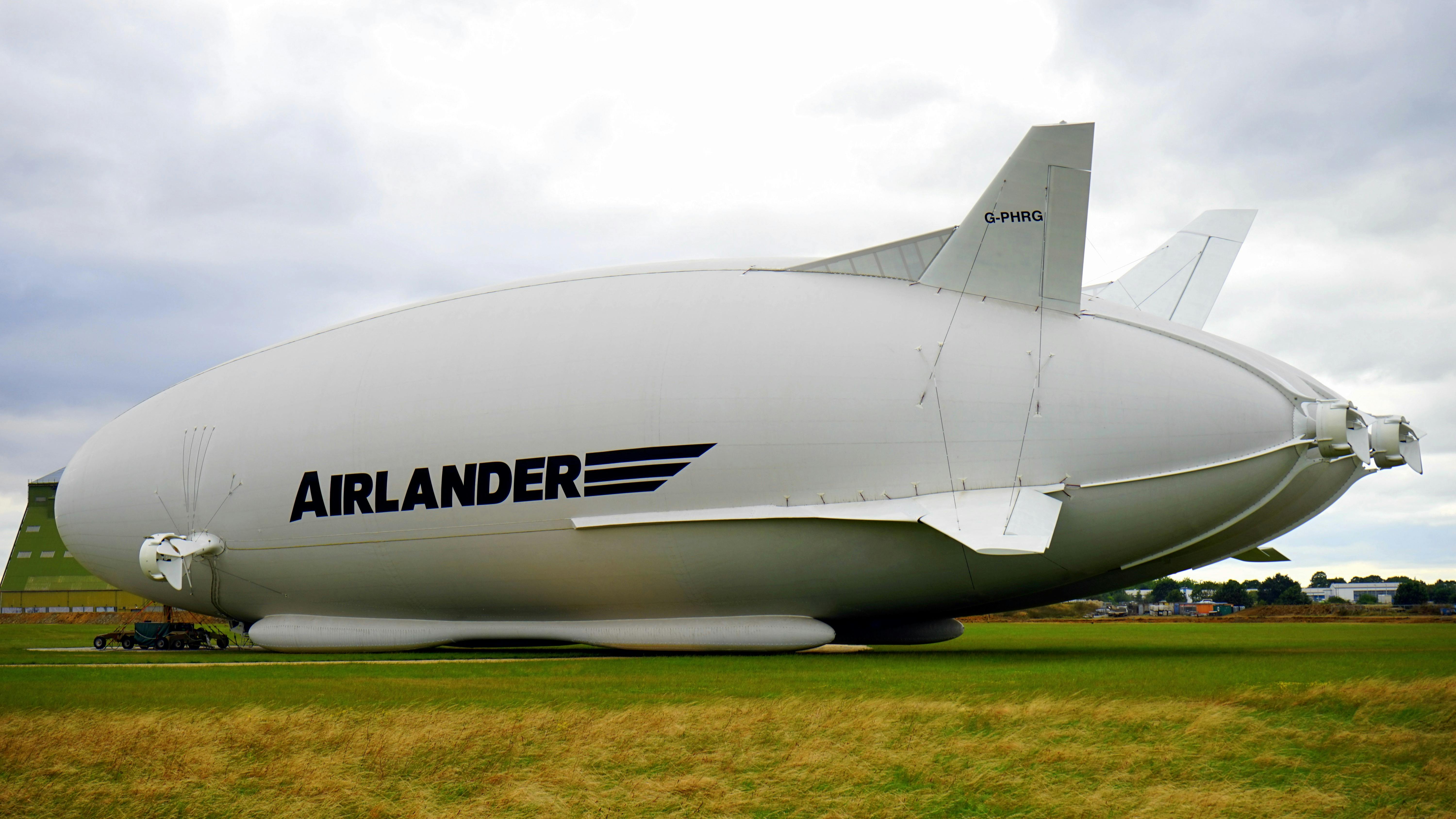Airship Travel: Floating into the Future with a Nod to the Past
Airship travel, a mode of transportation that once captivated the world's imagination, is poised for a modern-day resurgence. The early 20th century witnessed the golden age of airships, with these massive vessels offering an unparalleled blend of luxury, elegance, and adventure. However, following the infamous Hindenburg disaster in 1937, airship travel fell out of favor, overshadowed by the speed and efficiency of airplanes.

The Modern Revival of Airships
Fast forward to the present day, and airships are making a comeback. A mix of nostalgia, technological advancements, and a desire for more sustainable travel options is driving this resurgence. Modern airships are not only safer and more efficient than their historical counterparts, but they also offer a unique travel experience that harks back to a bygone era.
Advantages and Challenges of Airship Travel
Airship travel offers several significant advantages. These include lower fuel consumption compared to traditional airplanes, the potential for carbon-neutral travel, and access to remote and environmentally sensitive areas without the need for runways. Furthermore, airships provide a leisurely and scenic mode of transportation, allowing travelers to savor the journey rather than just the destination.
However, there are also challenges to overcome. Airships are slower than most other forms of air travel, making them unsuitable for time-sensitive trips. Weather conditions can also impact airship operations more significantly than conventional aircraft. Despite these challenges, the potential benefits make airship travel an exciting prospect for the future.
Insights and Trends: Airships in the Contemporary Travel Scene
A handful of companies worldwide are leading the charge in the revival of airship travel. Hybrid Air Vehicles, a UK-based company, is developing the Airlander 10, a modern airship touted as the “largest aircraft currently flying.” On the other side of the Atlantic, the US company Aeroscraft is working on a fleet of rigid airships that can carry heavy cargo and passengers. These developments indicate a growing interest and investment in airship technology and its potential implications for the travel industry.
Practical Travel Tips and Interesting Facts about Airships
- Airship travel is not yet widely available to the public. However, keep an eye on companies like Hybrid Air Vehicles and Aeroscraft for future passenger services.
- Airships typically travel at a speed of around 50-70 mph, offering a leisurely pace to enjoy the surroundings.
- Modern airships are filled with non-flammable helium, making them much safer than the hydrogen-filled airships of the past.
In conclusion, airship travel represents a fascinating blend of historical nostalgia and cutting-edge technology. While challenges still exist, the potential for a more sustainable, leisurely, and experiential form of travel makes the revival of airships an exciting prospect. As the world continues to grapple with the environmental impact of travel, the return of the airship could be a trend worth watching.




